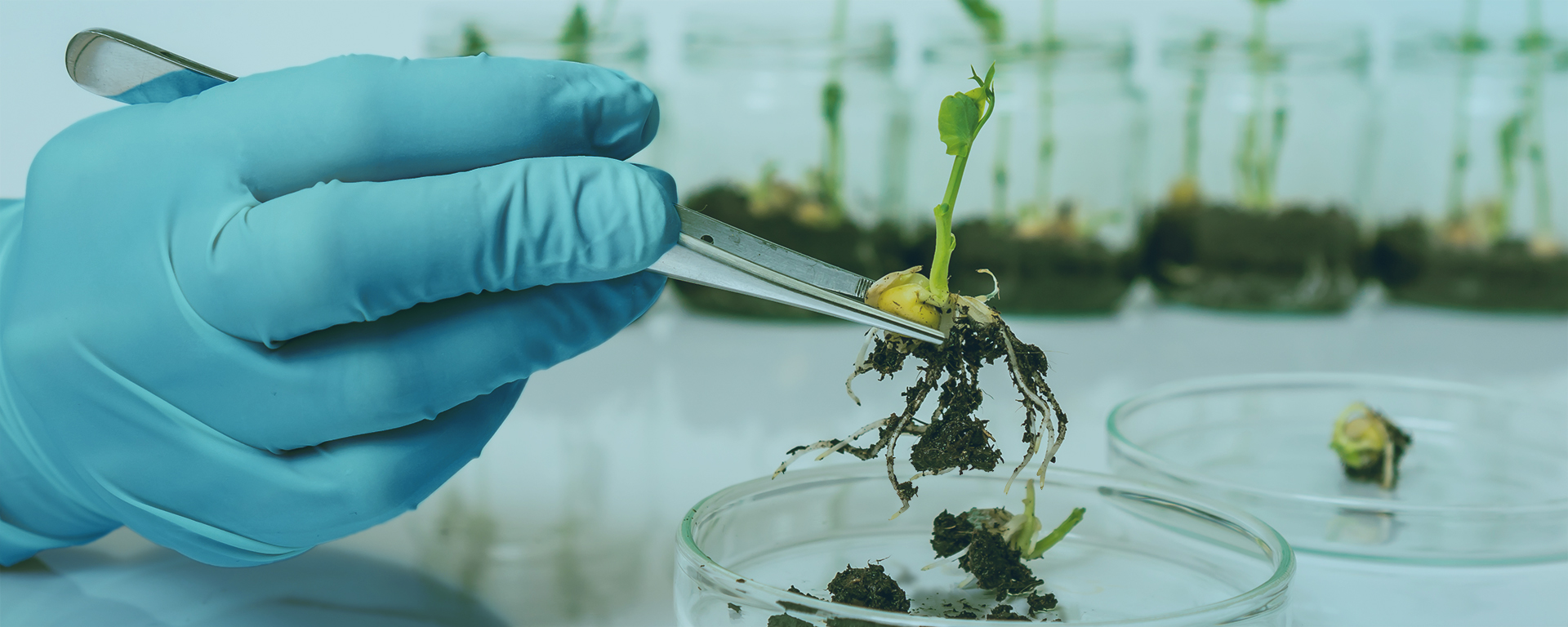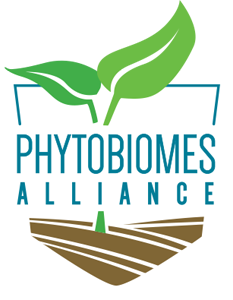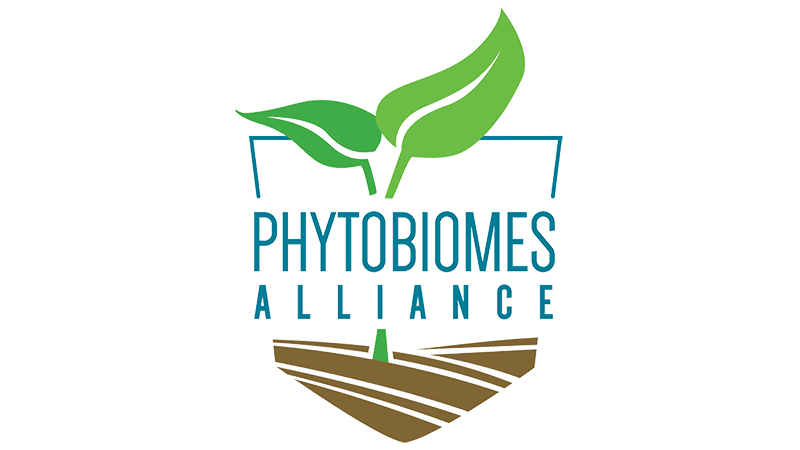
Genome-based circumscription and phenotyping of regulated microbes, especially the select agent Ralstonia solanacearum
Phytobiomes Alliance project
Funded by
USDA Animal Plant Health Inspection Service (APHIS)
Duration
12 months
Dates
Fiscal Year 2019 - extended to August 2021
Coordinator
Kellye Eversole, Eversole Associates
Project Overview
The overall purpose of this project is to leverage genome sequencing and genome-based classification to precisely identify select agents and other high risk quarantine pathogens and conclusively distinguish them from non-pathogens and closely related pathogens already present in the U.S. The focus of the project is on the select agent Ralstonia solanacearum (Rs). While the experimental work is focused on Rs, the employed genome sequence-based approach is expandable to other bacterial pathogens, to bacteria for plant pest management, and eventually to other microbial plant pest agents (e.g., viroids, viruses, fungi, and oomycetes). Rapid and precise identification of putative bacterial pathogens is critically important in protecting U.S. agriculture.
Objectives
Objective 1: Sequence genomes and assemble genome sequences of approximately 300 Rs strains including those historically considered as R3B2.
This will include building a dataset of 300 strains with the depth and power needed to distinguish confidently the traits of regulatory interest. These 300 strains will be selected from current collections, Genomic DNA will be extracted using high-throughput extraction kits following a validated Select Agent Inactivation Protocol to certify that genomic DNA is free of viable pathogen cells, genomes will be sequenced at a coverage of at least 100 X on an Illumina HiSeq 3000 and genome assembly will be performed.
Objective 2: Construct a whole genome-based phylogeny of all strains sequenced here and all Rs strains in public databases, assign LINs, and validate results.
This will consist of constructing a detailed phylogenetic tree of Rs based on full genome sequence information obtained in Objective 1. This very detailed tree can then be compared to the LINs that we will assign in parallel to the genomes of all strains.
Objective 3: Phenotypically characterize representative Rs strains to determine which cause disease on Solanaceae at low temperatures (cool virulence).
This will consist of determining which Rs strains have cool virulence, the key phenotype that caused Rs R3B2 to be included in the select agent list, using a validated and replicable cool virulence assay. These assays will determine precisely which Rs strains should be regulated as select agents and which strains should not.
Objective 4: Combine results from Objectives 3 and 4 to precisely describe the LINgroup that includes only strains that should be regulated as select agents and test the accuracy of the group description with R3B2 strains in the APHIS collection.
In this objective, the precise group of Rs strains that should be regulated as select agents will be circumscribed by combining LIN assignment from Objective 2 and phenotypic characterization from Objective 3.
Objective 5: Populate the LIN system database (LINbase) with relevant phenotypic and geographic data on the Rs strains and define additional LINgroups within Rs.
LINbase will be populated with accurate metadata for all 300 Rs strains sequenced in this project and all Rs strains for which genome sequences are publicly available. Metadata will include, but not be limited to, geographic and host origin, functional information (pathogenicity and other impacts on host plants), taxonomic information (i.e., current and historical names), the microbial culture collections in which individual strains can be found, and links to the scientific literature.
Objective 6: Develop recommendations/guidelines in regard to the use of genome-based classification in the circumscription of regulated bacterial plant pathogens and biocontrol agents.
The results from Rs will be synthesized and extrapolated to gain experience for other bacterial plant pathogens and bacterial biocontrol agents.
Key personnel
Kellye Eversole (Eversole Associates)
Gwyn Beattie (Iowa State University)
Boris Vinatzer (Virginia Tech)
Lenwood Heath (Virginia Tech)
Caitilyn Allen (University of Wisconsin – Madison)
Mohammad Arif (University of Hawaii)
Michael Stulberg (USDA-APHIS-PPQ-S&T-CPHST-BL)
Project Partners






News
- Phytobiomes Alliance Newsletter – November 2021
- Webinar: How genome-based classification can improve regulation of pathogens and beneficials
- Phytobiomes Alliance Newsletter – February 2021
- Phytobiomes Alliance Newsletter – October 2020
- Phytobiomes Alliance Newsletter – July 2020
- Phytobiomes Alliance Newsletter – February 2020
- Phytobiomes Alliance Newsletter – October 2019
- Phytobiomes Alliance Newsletter – April 2019
- Phytobiomes Alliance Newsletter – September 2018

